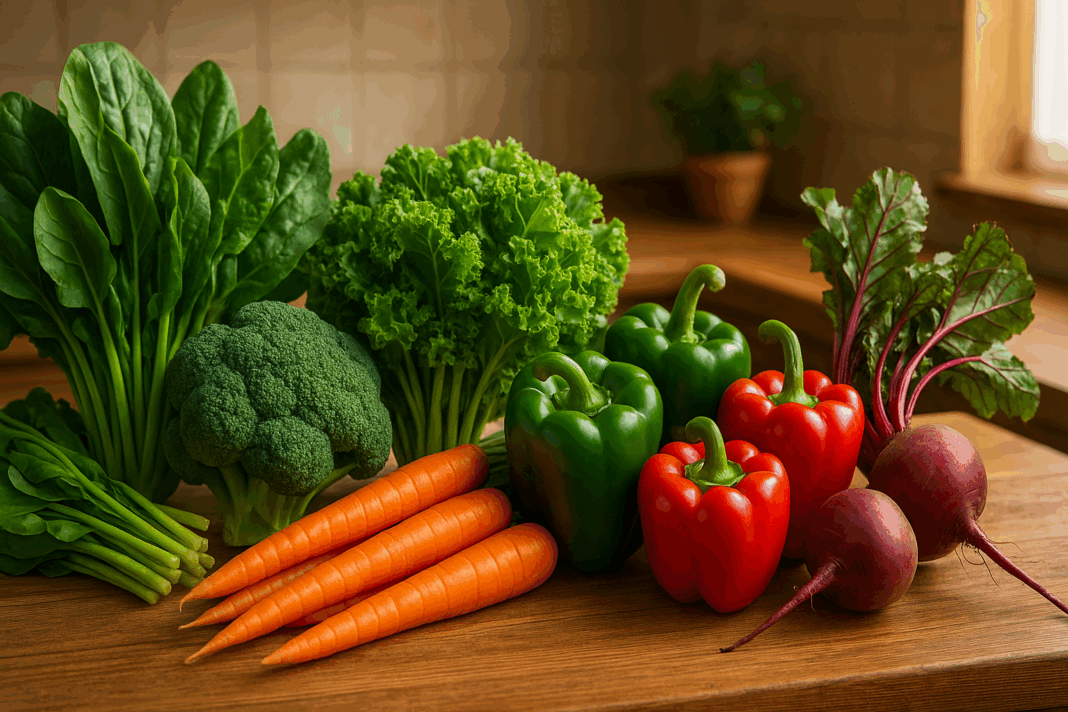When it comes to weight management, diet plays a foundational role that cannot be overstated. Among the myriad of food options available to support weight loss, vegetables stand out as one of the most effective, versatile, and nutrient-dense choices. They are not only low in calories but also rich in fiber, antioxidants, and essential vitamins that support metabolism, digestion, and satiety. Understanding what vegetables are good for weight loss and why they work from a scientific perspective can empower individuals to make better, more informed dietary choices that yield sustainable results. As we explore the best vegetables for weight loss, it becomes clear that these plant-based powerhouses are not merely side dishes—they are central to a healthy, balanced, and results-driven weight loss strategy.
You may also like: Expert-Backed Weight Loss Tips for a Healthier Lifestyle: What You Need to Know for Long-Term Weight Control and Wellness
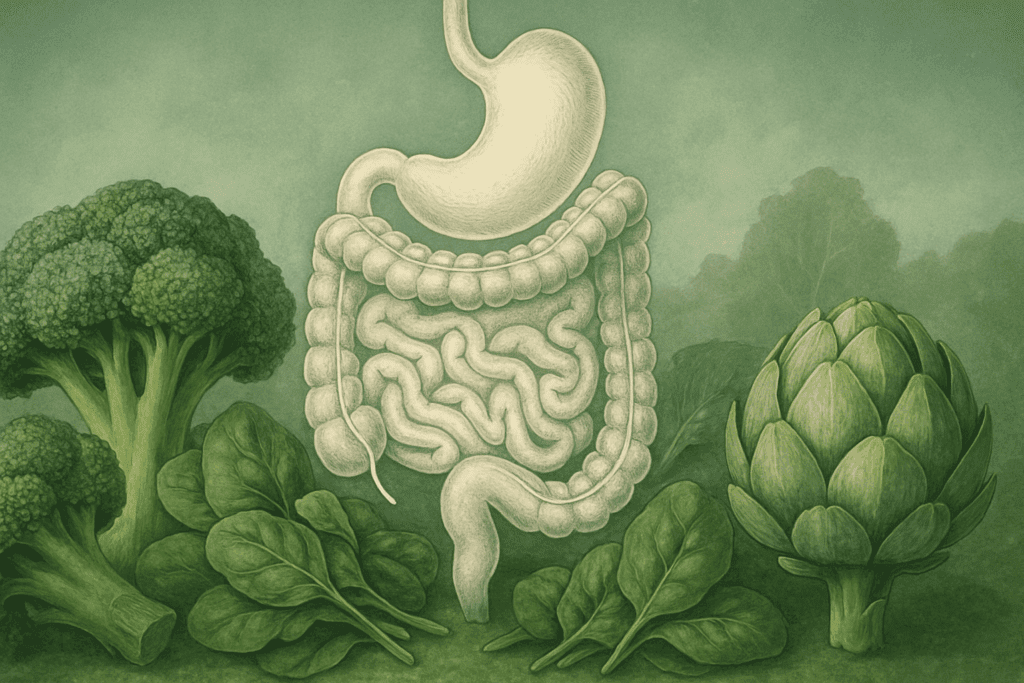
Scientific Foundations: Why Vegetables Promote Healthy Weight Loss
Vegetables are uniquely positioned within the food pyramid to offer high nutritional value with minimal caloric load. The science behind weight reducing vegetables lies largely in their fiber content. Dietary fiber, especially soluble fiber, slows digestion and prolongs the feeling of fullness, reducing the likelihood of overeating. In addition to fiber, vegetables provide significant water content, which adds volume without adding calories, contributing further to satiety.
Moreover, vegetables are abundant in phytonutrients and compounds like polyphenols, which have been shown to support fat metabolism and regulate blood sugar levels. Crucially, many weight reducing vegetables have a low glycemic index, meaning they have a minimal impact on blood glucose spikes—important for those managing insulin sensitivity or type 2 diabetes. This makes them not only excellent for weight loss but also for long-term metabolic health. Unlike calorie-dense processed foods that often lead to cravings, vegetables help regulate appetite naturally. Understanding the metabolic pathways that these foods influence can help demystify the consistent advice from healthcare professionals to increase vegetable intake for weight management.
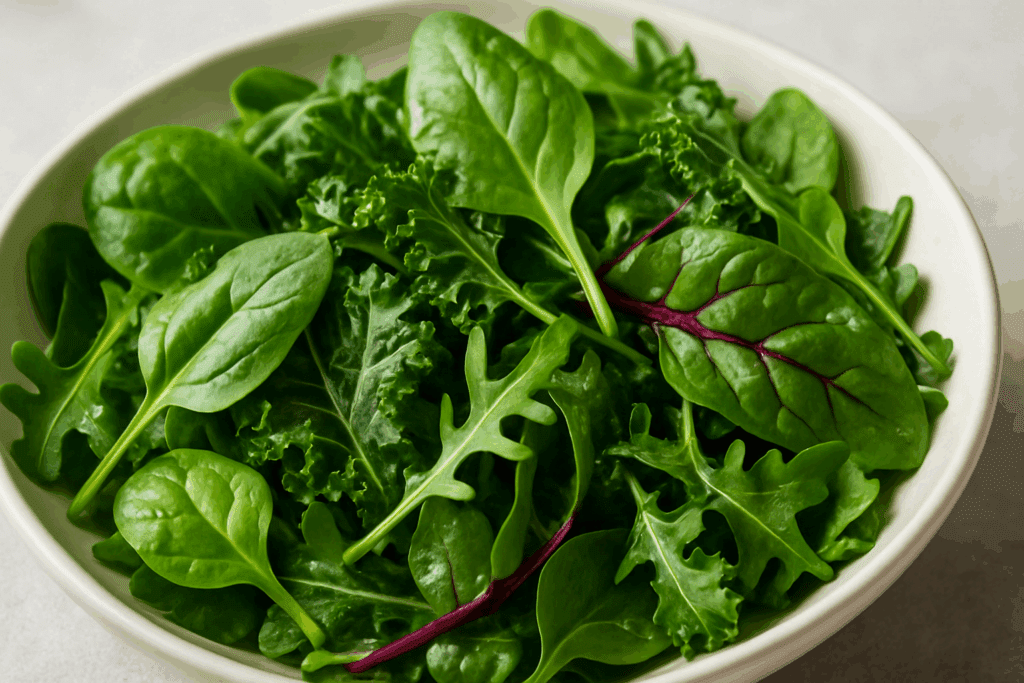
Leafy Greens: Nutritional Density with Minimal Calories
When discussing the best vegetables to lose weight, leafy greens such as spinach, kale, Swiss chard, and arugula consistently top the list. These vegetables are incredibly low in calories while being rich in micronutrients, particularly vitamins A, C, K, and folate. Their high fiber and water content mean that a large volume can be consumed without significantly increasing caloric intake, making them ideal for meal bulk without guilt.
Kale, for instance, contains compounds like glucosinolates and flavonoids, which have been shown to have anti-inflammatory and antioxidant properties. These compounds play a role in reducing oxidative stress in the body, a factor often associated with obesity-related complications. Spinach, rich in thylakoids, has been studied for its appetite-suppressing effects, which are believed to delay fat digestion and stimulate the release of satiety hormones.
From a culinary standpoint, leafy greens offer versatility. They can be eaten raw in salads, sautéed, blended into smoothies, or incorporated into soups. This flexibility supports dietary adherence—a key factor in any successful weight loss program. Furthermore, their high nitrate content may contribute to improved blood flow and exercise performance, indirectly supporting weight loss through enhanced physical activity.
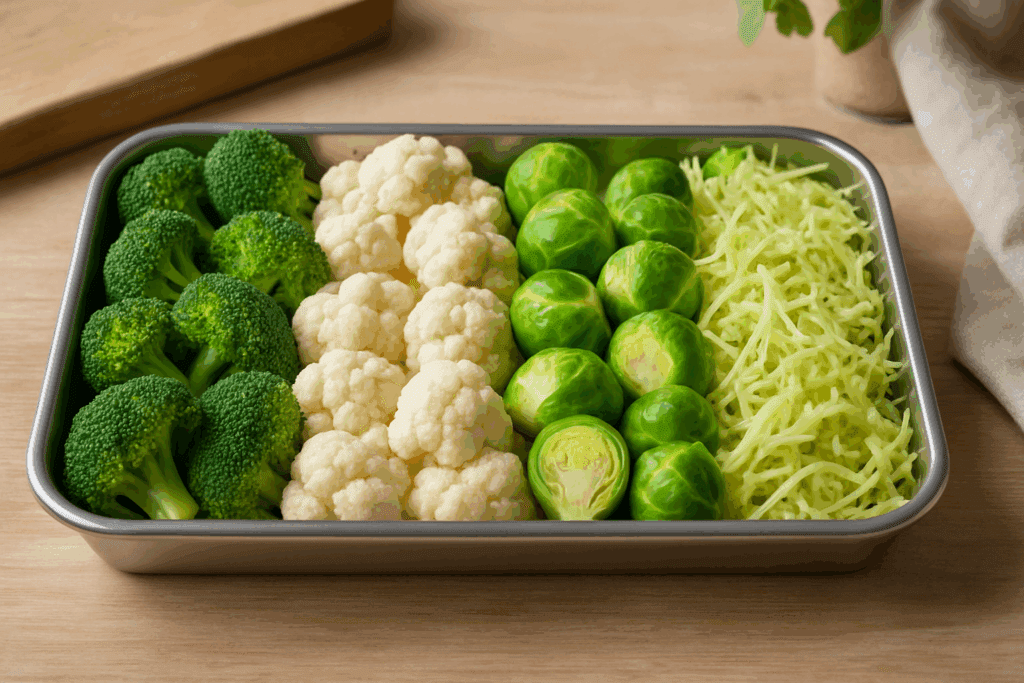
Cruciferous Vegetables: Detox Support and Metabolic Benefits
Broccoli, cauliflower, Brussels sprouts, and cabbage belong to the cruciferous vegetable family, a group known for its cancer-fighting properties and metabolic advantages. These vegetables are among the best vegetables for weight loss due to their fiber density, low calorie count, and abundance of beneficial plant compounds such as sulforaphane and indole-3-carbinol. These compounds support liver detoxification pathways, a critical process that can influence fat storage and hormonal balance.
One of the most compelling features of cruciferous vegetables is their ability to regulate estrogen metabolism. For individuals dealing with hormonal weight gain, particularly women, these vegetables can help support a more favorable hormonal environment that facilitates fat loss. In addition, cruciferous vegetables are rich in vitamin C and calcium—nutrients that support fat oxidation and bone health during caloric deficits.
Broccoli, for example, has been studied for its thermogenic properties, meaning it can increase the body’s energy expenditure slightly through the process of digestion and absorption. This thermic effect of food is not large, but every small contribution counts in a comprehensive weight management plan. Including cruciferous vegetables in daily meals enhances volume, adds texture, and delivers a profound metabolic punch.
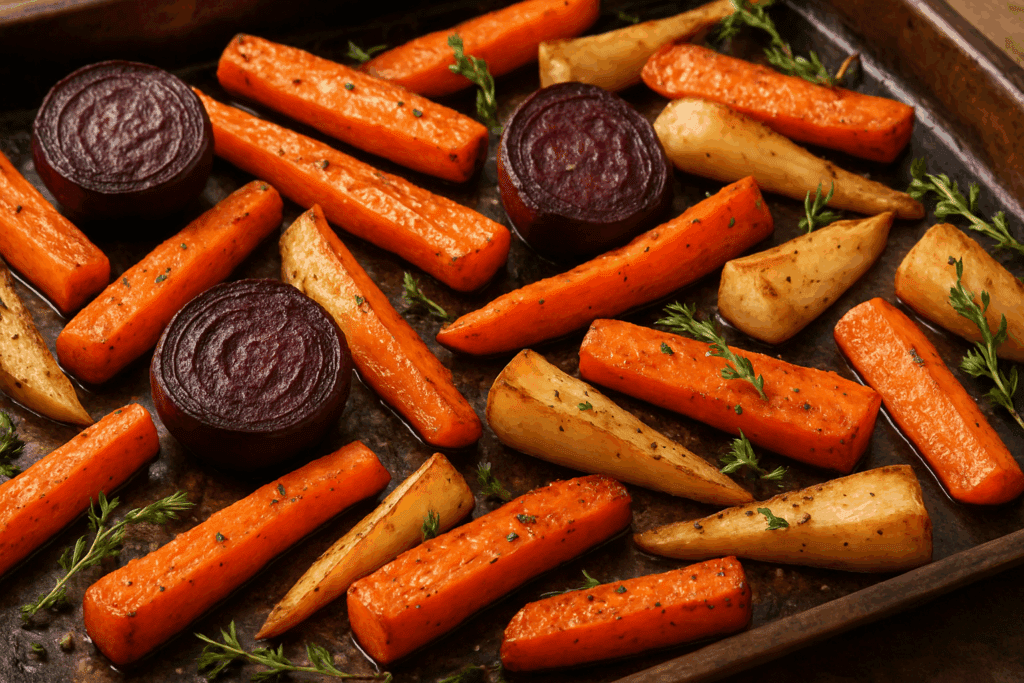
Root Vegetables: Satiety and Resistant Starch Benefits
Root vegetables often occupy a controversial position in weight loss diets due to their carbohydrate content. However, when consumed in appropriate portions and prepared healthfully, root vegetables like carrots, beets, turnips, and radishes can be effective weight reducing vegetables. Their complex carbohydrates and fiber help sustain energy levels and reduce sugar cravings.
Beets, for example, are high in betalains, compounds known for their anti-inflammatory and antioxidant effects. They also contain natural nitrates, which can enhance oxygen delivery during exercise, supporting more effective workouts. Carrots are particularly high in beta-carotene, an antioxidant that not only supports immune health but also has been linked to improved insulin sensitivity.
One noteworthy compound found in some root vegetables is resistant starch, especially in cooled potatoes or cooked-and-cooled sweet potatoes. Resistant starch acts similarly to soluble fiber in that it resists digestion in the small intestine and ferments in the large intestine, where it feeds beneficial gut bacteria. This can have positive effects on satiety hormones and fat storage regulation. When integrated thoughtfully, root vegetables can add variety and nutritional depth without derailing weight loss goals.
Allium Vegetables: Enhancing Flavor and Supporting Fat Breakdown
Garlic, onions, leeks, and scallions belong to the allium family, and they are often overlooked as weight reducing vegetables because of their intense flavor and use in small amounts. However, these vegetables contain potent bioactive compounds such as allicin, quercetin, and sulfur-containing phytochemicals that support cardiovascular health, immune response, and lipid metabolism.
Garlic, in particular, has been studied for its potential to reduce lipid accumulation in the body. It may also help modulate cortisol levels, a stress hormone linked to abdominal fat storage. Onions contain quercetin, a flavonoid with anti-inflammatory properties that can reduce systemic inflammation and support insulin sensitivity, both of which are relevant for sustainable weight loss.
While allium vegetables are typically used as flavor enhancers rather than the main component of a dish, their metabolic effects are still significant. They can amplify the nutritional value of meals and support digestion through prebiotic effects that nourish gut microbiota. Including allium vegetables consistently may not drastically shift the scale alone, but they serve as supportive players in a well-structured weight loss strategy.
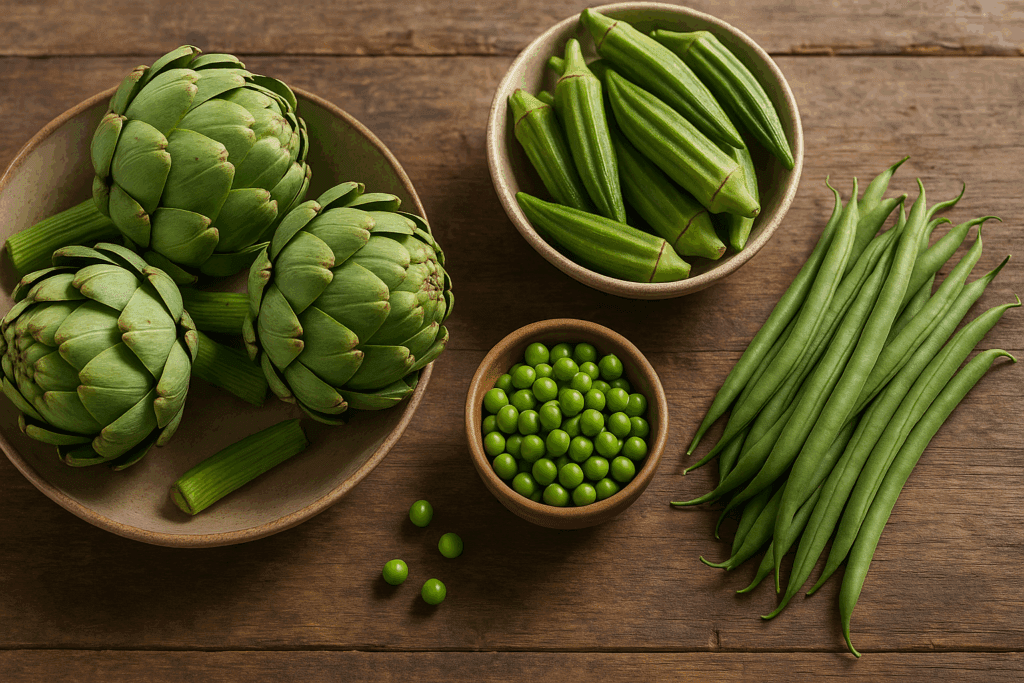
Fiber-Rich Vegetables: Regulating Hunger and Blood Sugar
Beyond their specific categories, it is essential to consider the fiber content of vegetables when evaluating the best vegetables to lose weight. Fiber plays a central role in weight loss by modulating hunger hormones such as ghrelin and leptin, slowing gastric emptying, and improving glycemic control. Vegetables like artichokes, peas, okra, and green beans are particularly high in both soluble and insoluble fiber.
Artichokes, for instance, contain inulin—a prebiotic fiber that promotes gut health and supports feelings of fullness. Okra, a mucilaginous vegetable, helps stabilize blood sugar levels and may be particularly beneficial for those with insulin resistance. Green beans, with their blend of protein and fiber, can help balance blood sugar levels and prevent the energy crashes that often lead to overeating.
A high-fiber vegetable-rich diet is consistently associated with lower body weight and reduced risk of chronic disease. Fiber not only facilitates regular bowel movements and detoxification but also contributes to a more diverse gut microbiome. This diversity is increasingly recognized as a predictor of metabolic flexibility, which refers to the body’s ability to efficiently switch between burning carbohydrates and fats—a key aspect of effective weight management.
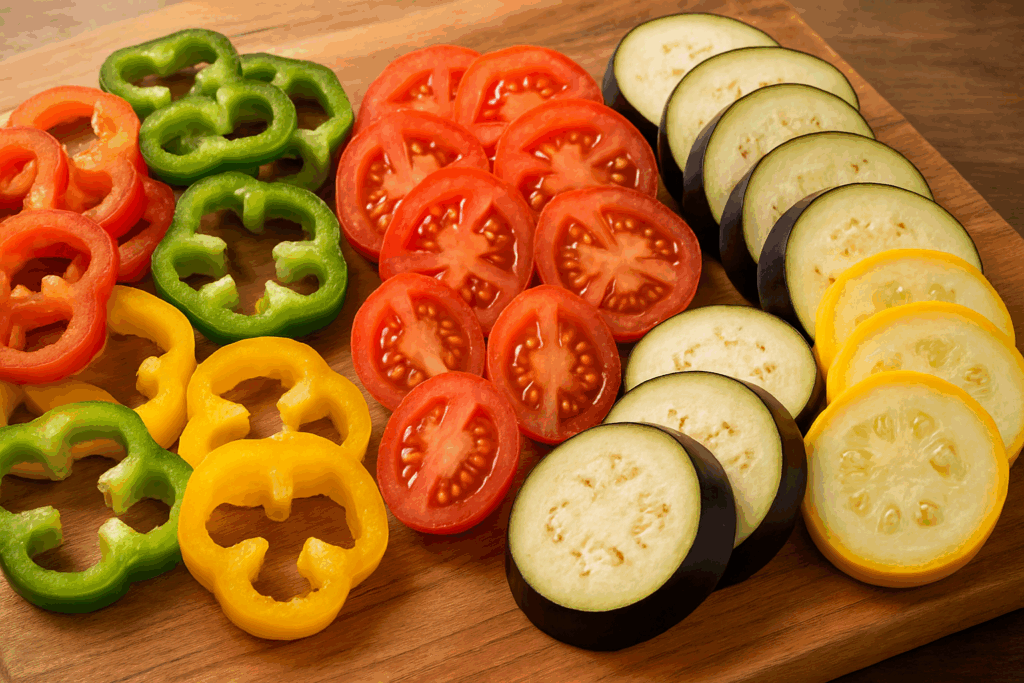
Colorful Vegetables: Phytochemical Power and Appetite Regulation
Color is not merely a visual cue; it’s a marker of nutrient diversity and phytochemical richness. Brightly colored vegetables such as bell peppers, tomatoes, eggplants, and squash offer a wide array of antioxidants and plant compounds that contribute to their classification as some of the best vegetables for weight loss. These compounds may influence fat metabolism, support detoxification, and reduce oxidative stress.
Bell peppers, for instance, are rich in capsaicin-like compounds that may support thermogenesis and reduce appetite. Tomatoes provide lycopene, an antioxidant associated with lower levels of oxidative stress and inflammation. Eggplants contain nasunin, which protects cell membranes from damage and may help regulate cholesterol levels.
These vibrant vegetables also tend to have high water content, enhancing satiety and supporting hydration—an often overlooked but critical component of weight loss. Moreover, the sensory appeal of colorful vegetables can make meals more satisfying and psychologically rewarding, reducing the risk of binge eating or emotional overconsumption. When plates are filled with color, the journey toward weight loss becomes more enjoyable and sustainable.
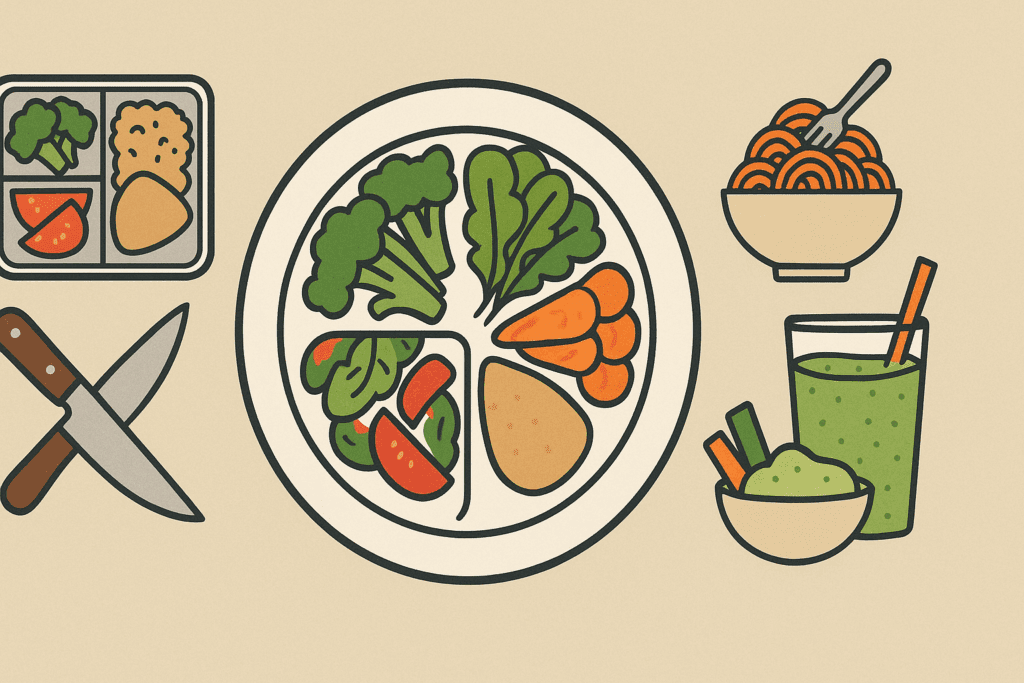
Practical Tips for Incorporating More Weight Reducing Vegetables
Successfully integrating the best vegetables to lose weight into one’s diet requires more than just knowing what to eat. Practicality and consistency are key. One effective strategy is meal prepping large batches of roasted, steamed, or sautéed vegetables at the beginning of the week to ensure they are readily available. Preparing dips and dressings that complement vegetables, such as hummus or yogurt-based sauces, can make raw options more appealing.
Another tip is to use vegetables as the base of meals rather than the side. For example, cauliflower rice, zucchini noodles, and lettuce wraps can replace higher-calorie grains and breads. Smoothies present another avenue for incorporating leafy greens and colorful vegetables like beets or carrots, often masked by fruit for taste without sacrificing nutritional value.
Snacking on vegetables such as cucumber slices, celery, or cherry tomatoes can prevent mindless munching on processed snacks. Including a variety of textures and temperatures—raw, cooked, blended, or grilled—helps maintain interest and adherence. Experimenting with herbs and spices also keeps flavors fresh and meals satisfying. These approaches ensure vegetables are not only included, but prioritized.
A Holistic View: How Vegetables Fit into the Bigger Picture of Wellness
Weight loss is a multifactorial process, and vegetables, while vital, are part of a broader equation that includes physical activity, sleep quality, stress management, and hydration. However, the consistent presence of weight reducing vegetables in one’s daily intake can influence multiple dimensions of wellness simultaneously. Their role in gut health, inflammation reduction, and nutrient adequacy supports everything from hormonal balance to energy regulation.
Vegetables also encourage a form of mindful eating. Their preparation and presentation often require more thought than prepackaged meals, encouraging slower eating and greater appreciation of food. This mindfulness can translate into better portion control and stronger satiety signaling. Furthermore, vegetables’ fiber and water content indirectly encourage adequate hydration, which plays a critical role in metabolism and cellular function.
The psychological benefits of feeling in control of one’s dietary choices, seeing visible health improvements, and enjoying meals without restriction contribute to long-term success. For those looking to create a sustainable path toward wellness, building a plate that consistently centers on the best vegetables for weight loss is a powerful and evidence-based approach.
Frequently Asked Questions: The Best Vegetables for Weight Loss
1. Can eating vegetables alone lead to sustainable weight loss? While weight reducing vegetables offer significant benefits for satiety, nutrient density, and calorie control, relying solely on vegetables for weight loss may not support long-term sustainability. A balanced diet that includes healthy fats, lean proteins, and whole grains alongside the best vegetables to lose weight provides the macronutrient variety necessary to support muscle retention, hormonal balance, and energy levels. Vegetables are an essential foundation, but when consumed in isolation, they may lack enough calories or amino acids to fuel your body’s needs. For example, while leafy greens and cruciferous vegetables help regulate appetite, pairing them with proteins like lentils or fish enhances the meal’s metabolic impact. Therefore, vegetables should be the cornerstone, not the entirety, of a healthy weight loss strategy.
2. How do cooking methods impact the weight loss benefits of vegetables? Cooking methods can dramatically affect the nutritional profile and weight-reducing potential of vegetables. Steaming, roasting, and sautéing in minimal oil preserve key nutrients while enhancing texture and flavor, making them more satisfying and palatable. On the other hand, deep-frying or smothering vegetables in creamy sauces may negate the benefits of even the best vegetables for weight loss by adding unnecessary calories and fats. For instance, steaming broccoli retains its glucosinolates—compounds linked to fat metabolism—while boiling it excessively may leach these into the water. When choosing what vegetables are good for weight loss, also consider how they’re prepared to ensure their benefits are maximized.
3. Can the timing of vegetable consumption affect weight management? Emerging research suggests that meal timing, including when you eat vegetables, may influence weight loss outcomes. Eating high-fiber vegetables earlier in the day may help regulate appetite hormones and reduce caloric intake later. Starting lunch and dinner with a portion of raw or steamed vegetables, such as cucumbers or zucchini, can create early satiety and reduce portion sizes of subsequent calorie-dense foods. Incorporating weight reducing vegetables into breakfast—for example, spinach in an omelet or kale in a smoothie—can stabilize blood sugar and set a metabolic tone for the day. Timing strategies may enhance the natural benefits of the best vegetables to lose weight when integrated consistently.
4. Do fermented vegetables offer different advantages for weight loss? Fermented vegetables like kimchi, sauerkraut, and pickled radishes may support weight loss through gut health modulation. These foods introduce probiotics, which help maintain a balanced microbiome and may enhance nutrient absorption and fat metabolism. Although not commonly discussed alongside weight reducing vegetables, fermented options add diversity and function to a weight loss plan. Research has shown that microbial diversity in the gut correlates with lower body mass index and reduced inflammation. Including fermented vegetables with meals not only supports digestion but also complements the effects of the best vegetables for weight loss by improving overall gastrointestinal health.
5. What role do seasonal vegetables play in a weight loss diet? Eating seasonally can amplify the benefits of the best vegetables to lose weight by providing peak nutrition and encouraging dietary variety. Seasonal vegetables tend to be fresher, richer in flavor, and often more affordable, which supports both nutritional adherence and budget-friendly wellness. For example, spring greens and asparagus offer detoxifying properties, while fall squashes provide fiber and complex carbohydrates that help sustain energy during cooler months. Seasonal eating can also support psychological satisfaction through changing textures and colors, reducing diet fatigue. When planning meals with weight reducing vegetables, rotating in-season produce ensures nutrient diversity and long-term engagement with your diet.
6. How can someone overcome a dislike for vegetables during weight loss? Taste preferences are often shaped by habit, cultural context, and exposure, and they can be retrained over time. If someone dislikes traditional options like broccoli or spinach, they might explore milder-tasting weight reducing vegetables such as zucchini, bell peppers, or carrots prepared with herbs, spices, or healthy dips. Roasting vegetables at high heat caramelizes their natural sugars and can make them more appealing. Blending greens into smoothies or incorporating pureed vegetables into sauces is another way to increase intake without sacrificing flavor. Understanding what vegetables are good for weight loss and preparing them in novel ways can make the transition from aversion to enjoyment much smoother.
7. Are there any vegetables that should be limited when trying to lose weight? While most vegetables are inherently healthy, some starchy varieties—such as white potatoes or corn—can be calorie-dense and high on the glycemic index, which may hinder weight loss in certain individuals if consumed excessively. This does not mean they are unhealthy, but they are less effective than other weight reducing vegetables in promoting satiety without calorie surplus. Moderating portion size or pairing these with protein and fiber-rich vegetables like kale or Brussels sprouts can help mitigate blood sugar spikes. Understanding the context and overall dietary pattern is essential. Even the best vegetables for weight loss may lose their effectiveness if drowned in butter or eaten alongside highly processed foods.
8. What are the psychological benefits of prioritizing vegetables during weight loss? Incorporating a variety of weight reducing vegetables into meals can contribute to a sense of dietary empowerment and control, which positively influences motivation and adherence. Visually appealing plates filled with colorful produce can foster a feeling of abundance rather than restriction. Additionally, the micronutrients and phytochemicals in vegetables like magnesium, folate, and vitamin B6 have been linked to mood regulation and cognitive support. Psychological momentum often improves when individuals see measurable results from a vegetable-rich diet, reinforcing healthier choices. When you begin to view the best vegetables for weight loss not just as food but as tools for self-care, the emotional benefits become as tangible as the physical ones.
9. How do vegetables compare to fruits in a weight loss plan? While both fruits and vegetables are nutrient-dense, vegetables generally have lower sugar content and fewer calories per serving, making them a more efficient choice for weight loss. That said, fruits provide essential nutrients and fiber, and they should not be excluded—especially low-sugar options like berries or green apples. However, when the goal is calorie control, vegetables often offer greater volume for fewer calories, contributing to prolonged fullness. Understanding what vegetables are good for weight loss helps individuals create a balanced intake that prioritizes satiety. Integrating both groups strategically—such as combining leafy greens with fruit in smoothies—can optimize both flavor and fat-burning potential.
10. Are there future innovations or trends in vegetable-based weight loss strategies? The future of weight loss is likely to lean more heavily on personalized nutrition, where individual genetic, metabolic, and microbiome profiles help determine which vegetables are most effective for each person. Current trends include vegetable-based meal replacements, fiber-enriched powders, and AI-driven apps that recommend the best vegetables for weight loss based on daily activity levels and biomarkers. Scientists are also exploring biofortification—enhancing the nutrient density of crops—to make common vegetables even more effective for weight management. Additionally, there’s growing interest in sustainable farming practices that make weight reducing vegetables more accessible and environmentally friendly. These innovations signal that understanding what vegetables are good for weight loss will continue to evolve in exciting and scientifically grounded ways.
Conclusion: Choosing the Best Vegetables for Weight Loss Backed by Science
Incorporating weight reducing vegetables into your daily meals is one of the most accessible, evidence-based strategies for achieving sustainable weight loss and supporting overall health. Understanding what vegetables are good for weight loss begins with recognizing the unique role that fiber, water content, phytonutrients, and low energy density play in regulating appetite, improving metabolic function, and supporting a healthy digestive system. The best vegetables to lose weight—from leafy greens and cruciferous vegetables to colorful bell peppers and fiber-rich legumes—each offer distinct nutritional profiles that contribute to fat loss and long-term wellness.
Backed by decades of scientific research and practical application, these vegetables do more than help people shed pounds; they support energy, hormonal balance, disease prevention, and emotional well-being. Their versatility in the kitchen and compatibility with a range of dietary preferences make them indispensable in modern weight management strategies. Whether blended into a smoothie, sautéed with herbs, or served raw with a flavorful dip, vegetables hold the key to a more balanced, energized, and healthful lifestyle. As the research continues to evolve, one thing remains clear: centering your diet around the best vegetables for weight loss is a decision grounded in science, common sense, and compassion for your long-term health journey.
Further Reading:
The 12 Healthiest Vegetables for Weight Loss, According to Dietitians
Weight Loss: Top 9 Vegetables To Include In Your Diet To Burn Belly Fat
Top 20 Vegetables Good for Weight Loss


